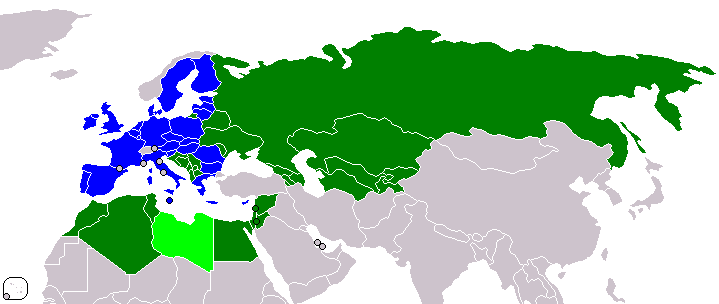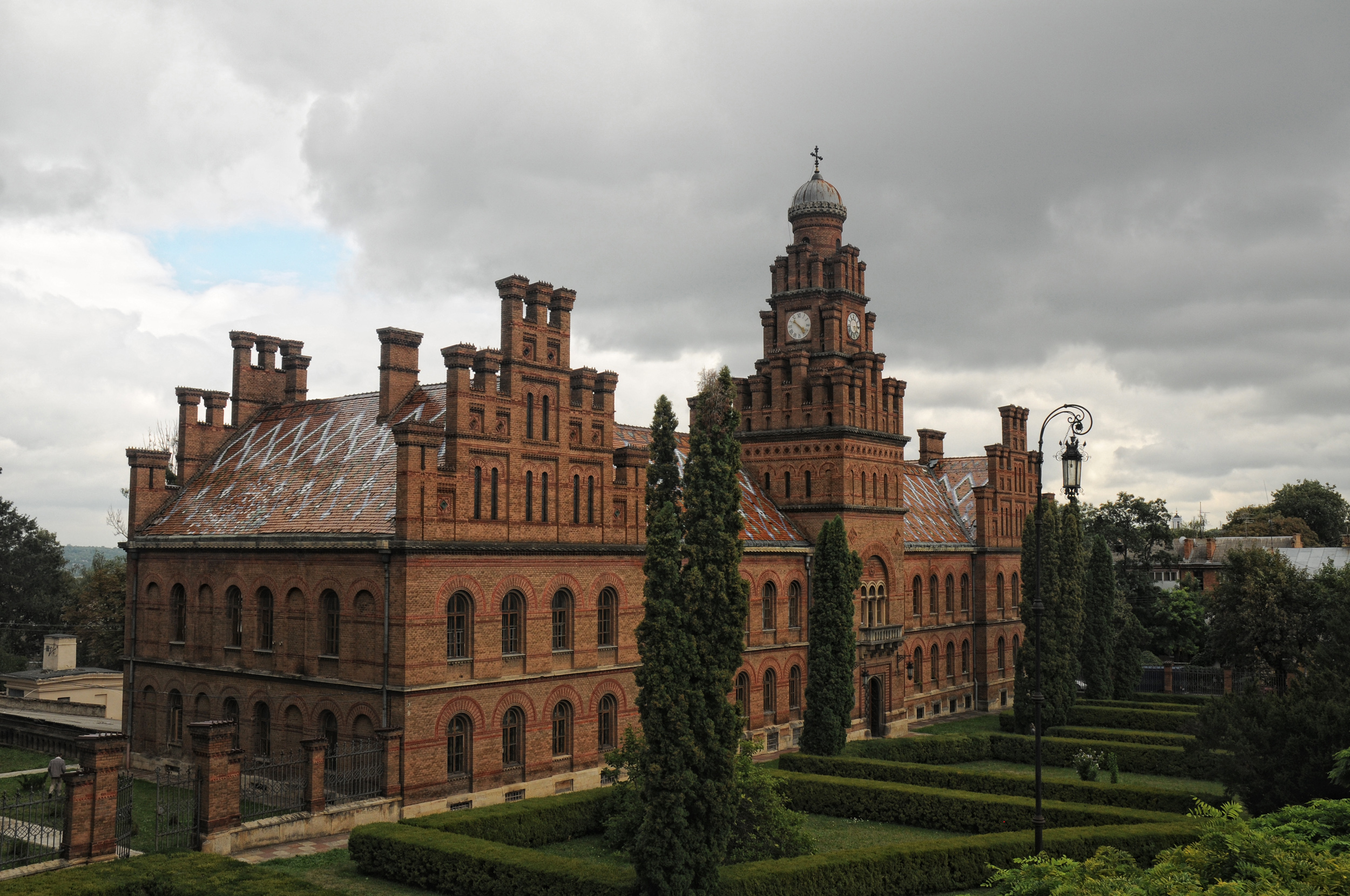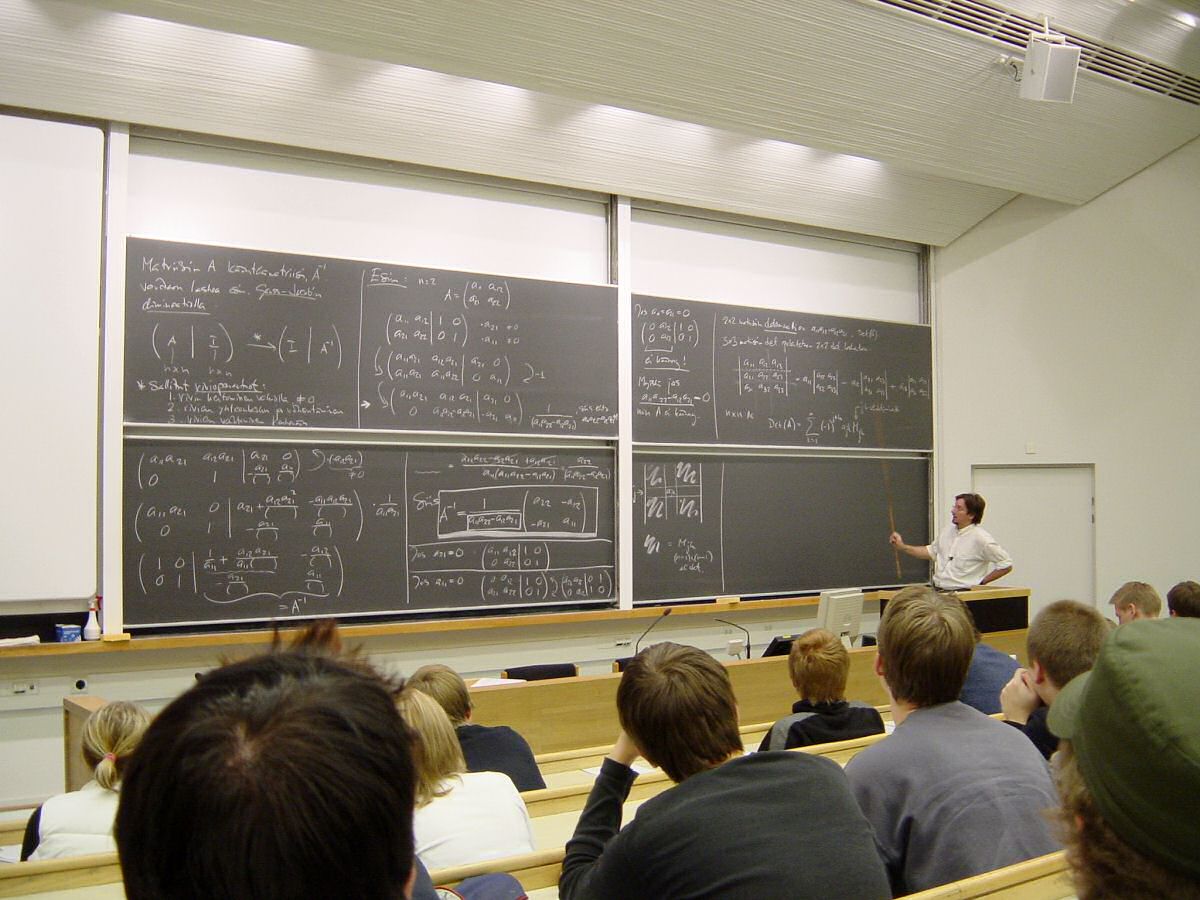|
Tempus Program
The TEMPUS (Trans-European Mobility Programme for University Studies) is a program that encouraged higher education institutions in the EU Member States and partner countries to engage in structured cooperation through the establishment of "consortia". The "consortia" implemented Joint European Projects (JEPs) with a clear set of objectives to promote exchanges and mobility of teaching staff and trainers. Such projects could receive financial aid for two or three years. Tempus also provided Individual Mobility Grants (IMGs) to individuals working in the higher education sector to help them work on certain specified activities in other countries.Syrquin, Ari (16 July 2008)"What's New in the EU: Tempus office opens in Jerusalem" ''Jerusalem Post''. Retrieved 3 June 2013. TEMPUS was adopted on 7 May 1990 by The Council of the European Communities. As of 1 January 2014, Tempus-like activities, namely capacity building activities, became part of a new cooperation programme called ... [...More Info...] [...Related Items...] OR: [Wikipedia] [Google] [Baidu] |
Ministry Of Education (Ukraine)
The Ministry of Education and Science of Ukraine () is the main body in the system of central bodies of the executive power of Ukraine. History On 28 June 1917 Ivan Steshenko was appointed Secretary of Education in the First Vynnychenko government of the Ukrainian People's Republic.100 years ago the Central Rada formed the first government of Ukraine (infographics) ''100 років тому Центральна Рада створила перший уряд України (інфографіка)'' |
European Research Area
The European Research Area (ERA) is a system of scientific research programs integrating the scientific resources of the European Union (EU). Since its inception in 2000, the structure has been concentrated on European cooperation in the fields of medical, environmental, industrial, and socioeconomic research. The ERA can be likened to a research and innovation equivalent of the European " common market" for goods and services. Its purpose is to increase the competitiveness of European research institutions by bringing them together and encouraging a more inclusive way of work, similar to what already exists among institutions in North America and Japan. Increased mobility of knowledge workers and deepened multilateral cooperation among research institutions among the member states of the European Union are central goals of the ERA. Section 1 in article 179 of the Treaty on the Functioning of the European Union states the following: History The creation of a European Res ... [...More Info...] [...Related Items...] OR: [Wikipedia] [Google] [Baidu] |
European Higher Education Area
The European Higher Education Area (EHEA) was launched in March 2010, during the Budapest-Vienna Ministerial Conference, on the occasion of the 10th anniversary of the Bologna Process. As the main objective of the Bologna Process since its inception in 1999, the EHEA was meant to ensure more comparable, compatible and coherent higher education systems in Europe. Between 1999 and 2010, all the efforts of the Bologna Process members were targeted to creating the European Higher Education Area, which became reality with the Budapest-Vienna Declaration of March 2010. In order to join the EHEA, a country must sign and ratify the European Cultural Convention treaty. Denmark was the first country outside the UK and the US to introduce the 3+2+3 system. General objectives The key objectives are promoting the mobility of students and staff, the employability of graduates and the European dimension in higher education. Coping with the diversity of their national systems, the EHEA mem ... [...More Info...] [...Related Items...] OR: [Wikipedia] [Google] [Baidu] |
Bologna Process
file:Bologna-Prozess-Logo.svg, 96px, alt=Logo with stylized stars, Logo file:Bologna zone.svg, alt=Map of Europe, encompassing the entire Bologna zone, 256px, Bologna zone The Bologna Process is a series of ministerial meetings and agreements between European countries to ensure comparability in the standards and quality of higher-education qualifications. The process has created the European Higher Education Area under the Lisbon Recognition Convention. It is named after the University of Bologna, where the Bologna declaration was signed by education ministers from 29 European countries in 1999. The process was opened to other countries in the European Cultural Convention of the Council of Europe, and government meetings have been held in Prague (2001), Berlin (2003), Bergen (2005), London (2007), Leuven (2009), Budapest-Vienna (2010), Bucharest (2012), Yerevan (2015), Paris (2018), and Rome (2020). Before the signing of the Bologna declaration, the Magna Charta Universitatum w ... [...More Info...] [...Related Items...] OR: [Wikipedia] [Google] [Baidu] |
Ramallah
Ramallah ( , ; ) is a Palestinians, Palestinian city in the central West Bank, that serves as the administrative capital of the State of Palestine. It is situated on the Judaean Mountains, north of Jerusalem, at an average elevation of above sea level, adjacent to al-Bireh. Ramallah has buildings containing masonry from the period of Herod the Great, but no complete building predates the Crusades of the 11th century. The modern city was founded during the 16th century by the Hadadeens, an Arab Christians, Arab Christian clan descended from Ghassanids. In 1517, the city was incorporated into the Ottoman Empire, and in 1920, it became part of Mandatory Palestine, British Mandatory Palestine after it was Sinai and Palestine campaign, captured by the United Kingdom during World War I. The 1948 Arab–Israeli War saw the entire West Bank, including Ramallah, Jordanian annexation of the West Bank, occupied and annexed by Jordan, Transjordan. Ramallah was later captured by Israel ... [...More Info...] [...Related Items...] OR: [Wikipedia] [Google] [Baidu] |
Jerusalem
Jerusalem is a city in the Southern Levant, on a plateau in the Judaean Mountains between the Mediterranean Sea, Mediterranean and the Dead Sea. It is one of the List of oldest continuously inhabited cities, oldest cities in the world, and is considered Holy city, holy to the three major Abrahamic religions—Judaism, Christianity, and Islam. Both Israel and Palestine claim Jerusalem as their capital city; Israel maintains its primary governmental institutions there, while Palestine ultimately foresees it as its seat of power. Neither claim is widely Status of Jerusalem, recognized internationally. Throughout History of Jerusalem, its long history, Jerusalem has been destroyed at least twice, Siege of Jerusalem (other), besieged 23 times, captured and recaptured 44 times, and attacked 52 times. According to Eric H. Cline's tally in Jerusalem Besieged. The part of Jerusalem called the City of David (historic), City of David shows first signs of settlement in the 4th ... [...More Info...] [...Related Items...] OR: [Wikipedia] [Google] [Baidu] |
Interfax-Ukraine
Interfax-Ukraine () is a Ukrainian news agency. Founded in 1992, the company publishes in Ukrainian, Russian, English and German. The company owns a 50-seat press centre. The staff of the agency is 105 people (as of the end of February 2022) SPARK-Interfax is a service that collects information on legal entities and individual entrepreneurs from Russia, Ukraine, Kazakhstan, Belarus, Kyrgyzstan Kyrgyzstan, officially the Kyrgyz Republic, is a landlocked country in Central Asia lying in the Tian Shan and Pamir Mountains, Pamir mountain ranges. Bishkek is the Capital city, capital and List of cities in Kyrgyzstan, largest city. Kyrgyz ... and Moldova. It helps to identify connections, monitor changes in companies, and conduct business analysis. History Interfax was formed on 24 November 1992, the year following Ukraine's 1991 independence, by a team of 10 people in Kharkiv. In 1993 the agency moved to Kyiv. References External links * News agencies based in ... [...More Info...] [...Related Items...] OR: [Wikipedia] [Google] [Baidu] |
Higher Education In Ukraine
Higher education in Ukraine operates several levels, all of which are regulated by the Ministry of Education and Science of Ukraine. In early 2016, Ukraine had 802 universities, but the Ministry intends to lower that number to 317. Ukraine had 1,586,700 higher education students in 2016-17. For specific universities, see the List of universities in Ukraine. Brief historical survey The first higher education institutions (HEIs) emerged in Ukraine during the late 16th and early 17th centuries under the Kingdom of Poland. * The first was the Ostrozka School, or Ostrozkiy Greek-Slavic-Latin Collegium, similar to Western European higher education institutions of the time. Established in 1576 in the town of Ostrog, the Collegium was the first higher education institution in the Eastern Slavic territories but was closed in 1636, when it was replaced by the Jesuit College in Ostrog. * The Kyiv Mohyla Academy was established in 1632 and in 1694 officially recognized by the govern ... [...More Info...] [...Related Items...] OR: [Wikipedia] [Google] [Baidu] |
Tambov State Technical University
Tambov State Technical University is a state institution of higher learning in Tambov, Russia. It was founded in 1958 and specializes in technical sciences (including information and communication technologies) and chemical, electronic, and agricultural engineering. History The university was founded in 1958 as the Tambov branch of the Moscow Institute of Chemical Engineering. In 1965, it achieved autonomous status and became the Tambov Institute of Chemical Engineering (TICE). It was renamed Tambov State Technical University (TSTU) in 1993. The announcement by Minister of Education and Science Dmitry Livanov of Russian government plans for an eventual merger of the university with Tambov State University was met with a protest rally and march by TSTU students, parents and faculty in October 2012. Academics TSTU has 7000 students enrolled in 30 undergraduate and postgraduate programs. Its academic structure encompasses four institutes, ten faculties, two innovation tec ... [...More Info...] [...Related Items...] OR: [Wikipedia] [Google] [Baidu] |
Higher Education
Tertiary education (higher education, or post-secondary education) is the educational level following the completion of secondary education. The World Bank defines tertiary education as including universities, colleges, and vocational schools. ''Higher education'' is taken to include undergraduate and postgraduate education, while vocational education beyond secondary education is known as ''further education'' in the United Kingdom, or included under the category of ''continuing education'' in the United States. Tertiary education generally culminates in the receipt of Academic certificate, certificates, diplomas, or academic degrees. Higher education represents levels 5, 6, 7, and 8 of the ISCED#2011 version, 2011 version of the International Standard Classification of Education structure. Tertiary education at a nondegree level is sometimes referred to as further education or continuing education as distinct from higher education. UNESCO stated that tertiary education focu ... [...More Info...] [...Related Items...] OR: [Wikipedia] [Google] [Baidu] |




